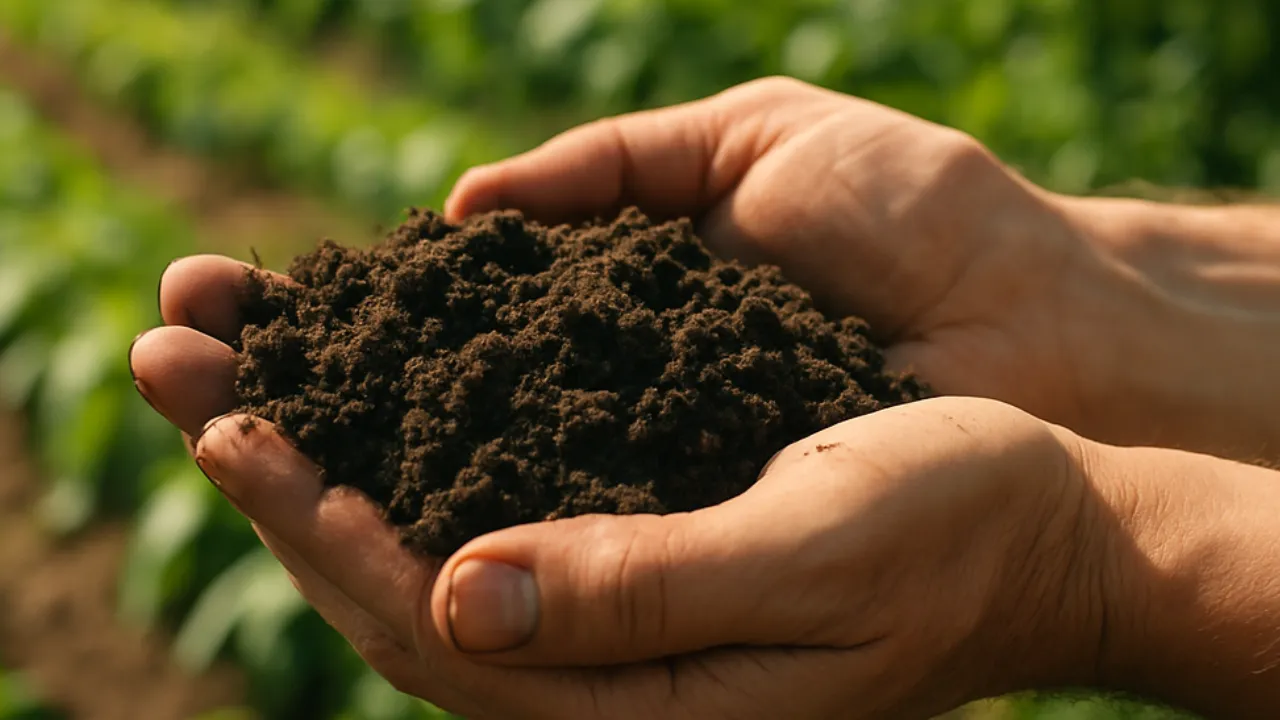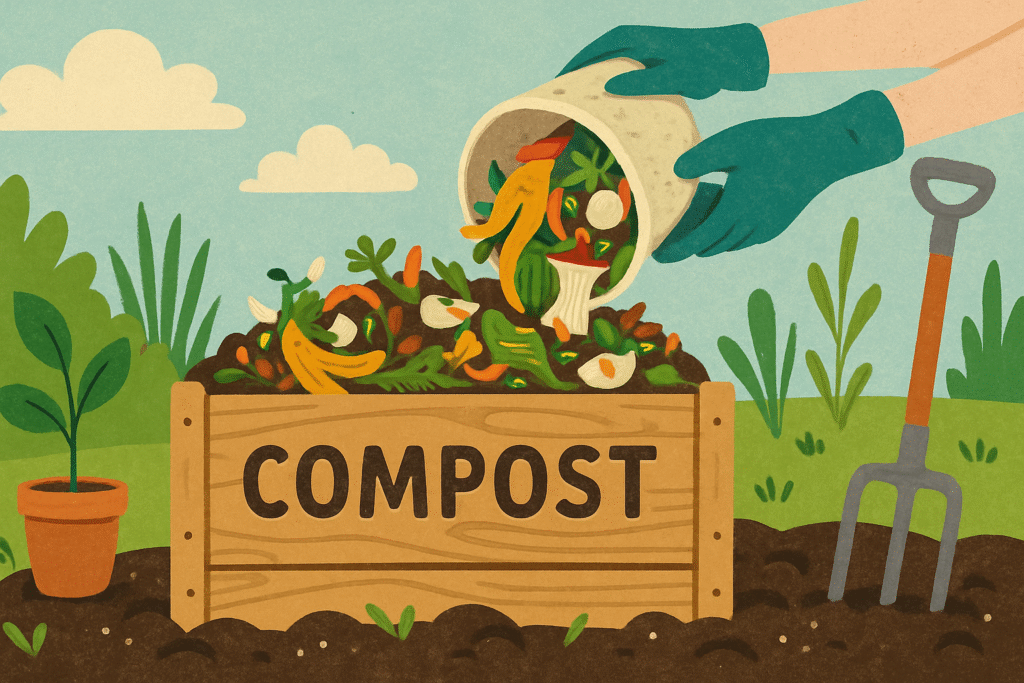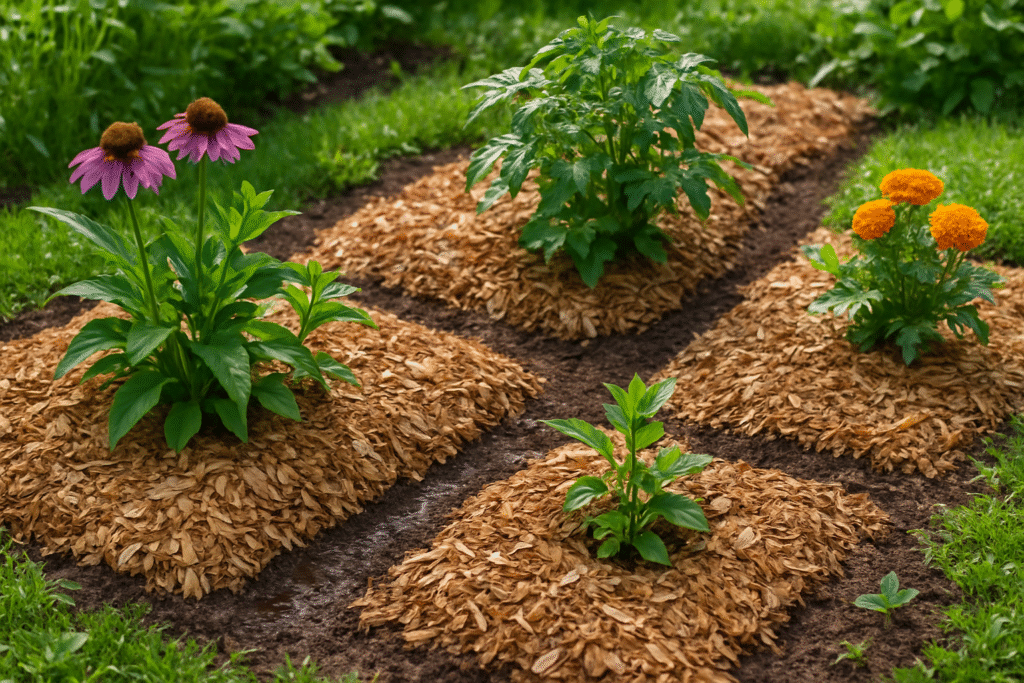Hooking You In: Dirt Isn’t Just Dirt
Alright, confession time—I get way too excited about dirt. No, not the kind you vacuum off the carpet, but the kind that makes plants (and people) happy. If you think building soil health is just for scientists or hippies with worm farms, FYI, you’re missing out on one of farming’s biggest game-changers. Ever wondered why some organic farms look like lush green paradises while others seem more “meh”? Spoiler: It’s all about the soil—and, trust me, this isn’t boring textbook stuff. 🙂

Why Soil Health Matters More Than You Think
Healthy soil isn’t just the ground under our boots—it’s the VIP lounge where plants chill and party with microbes, minerals, and moisture. IMO, treating soil like a living thing rather than just a “resource” changes everything.
- Nutrient Superstore: Fertile soil packs in the nutrients plants need to grow strong. Forget those chemical fertilizers that ghost your wallet and haunt the environment!
- Microbe Mayhem: Billions of microscopic party animals break down organic matter, pump up nitrogen, and keep roots happy.
- Water Whisperer: Good soil balances moisture like a pro bartender—never too soggy, never too parched.
- Built-in Pest Defense: Strong, healthy plants are way less likely to attract pests and diseases.
Ever asked yourself, “How do some folks pull off those envy-inducing harvests?” The secret’s right beneath your feet!
Soil Health Basics: What Makes Dirt ‘Healthy’?
Healthy soil isn’t just brown squish. It’s got structure, porosity, organic matter, and bustling biodiversity. When those pieces come together, you don’t just get more crops—you get better ones.
The Big Three: Physical, Chemical, and Biological Factors
- Physical: Texture, structure, and water-holding capacity. Crumbly soil = happy roots.
- Chemical: Nutrients (N, P, K, and micronutrients), pH, cation-exchange capacity.
- Biological: Microbes, fungi, earthworms—a full-on underground rave.
You think human health is hard to measure? Soil health takes the cake (and sometimes eats the cake too).
The Core Practices: How to Build Soil Health (No Magic Wand Needed)
Time for the nitty-gritty (pun intended). Here’s how real organic farmers, and anyone with a patch of earth, can crank up their soil’s awesomeness:

Compost: Black Gold for Farms
FYI, compost isn’t just stinky kitchen scraps—it’s a ticket to the soil big leagues. Toss together manure, leaves, food scraps, and let microbes throw a decomposition party.
- Boosts Nutrient Cycling
- Improves Soil Structure
- Increases Water Retention
- Feeds Beneficial Microbes
Pro tip: I once forgot to turn my compost pile for two months. The result? The laziest, richest compost ever. Sometimes, neglect is the answer. 😉
Crop Rotation: Diversity Is Your BFF
Why grow the same thing year after year? That’s like eating only pizza—exciting for a week, tragic for your gut. Rotating crops breaks pest cycles, balances nutrients, and prevents soil burnout.
- Legumes recharge nitrogen.
- Deep-rooted crops break up compacted soil.
- Leafy greens help cycle carbon.
Ever heard, “Don’t put all your eggs in one basket?” Same for seeds!
Cover Crops: Blanket Statement
You know how you throw a blanket over yourself in winter? Well, cover crops do the same for soil. They protect, enrich, and fix nitrogen—plus, they look way cooler than bare dirt.
- Fix Nitrogen: Legumes like clover and vetch are total MVPs.
- Prevent Erosion: Roots hold soil in place.
- Boost Organic Matter: Dead plants = future plant food.
Confession: I got competitive with my neighbor last spring over who could grow the fluffiest cover crop. Guess who won? Not me. But the soil won, so I’ll take it.
Mulching: Soil’s Cozy Sweater

Mulch locks in moisture, blocks weeds, and keeps soil temps stable. Straw, wood chips, or even old newspapers work. It’s ridiculously simple but makes a massive difference.
- Less watering needed.
- Fewer weeds = less time spent cursing weeds.
- More earthworms (if you’re into that sort of thing).
Testing: The Soil Selfie
Soil testing is like checking the selfies before posting—know what’s really going on. Basic tests show pH, nutrients, and organic matter; fancy ones reveal microbial activity and physical structure.
Ever bought fancy shoes without knowing your actual size? Testing prevents “shoe-too-small” moments in farming.
- DIY kits work for basics.
- Lab tests dig deeper.
Once, my soil test came back with “very high potassium”. Turns out, chicken manure is rocket fuel! #LearningCurve
The Data: Dirt by the Numbers
- Over 30% of agricultural land in India suffers from degradation. Ouch.
- Organic farming boosts soil organic carbon by 15–28% compared to traditional methods.
- Healthy soils hold more water and nutrients—translating to up to 25% more crop resilience.
Ever thought, “Does this stuff actually pay off?” Science and real farms say, “Yep!”
Comparing Organic vs. Conventional Soil Management
Organic Farming
- Uses compost, crop rotation, and cover crops.
- Builds up soil for long-term gains.
- Relies on natural pest controls.
- Boosts biodiversity—think more bees, less “meh”.
Conventional Farming
- Heavy on chemical fertilizers.
- Pesticides wipe out soil microbes.
- Higher yields… for a while, then the cracks show.
- More erosion risks.
IMO, organic soil management wins every time for farm health and planet health. Sure, it’s a bit more “hands dirty” (literally), but the payoff is lasting.
Soil Health and Climate: The Underground Solution
Here’s a fun fact: healthy soil sucks up carbon. Basically, more carbon in the dirt = less in the sky, so switching to organic practices is a sneaky way to fight climate change.
- Cover crops and compost trap carbon.
- Less erosion means less carbon loss.
- Strong soils = strong crops, even in crazy weather.
Ever felt like one person can’t do much about the climate? Building soil health says otherwise.
Sarcastic Interlude: “Just Add Magic!”
Some people think there’s a “magic potion” for great soil. LOL—nope. Building soil health is more about patience and TLC than Hogwarts spells. Sure, there are quick fixes, but if you skip the basics, your soil will keep sending you sad emojis. :/
The One-Health Connection: It’s All Linked
You know how people say, “You are what you eat”? True for plants, too—healthy soil means healthy veggies, happy farmers, and even better tasting food. Organic farms with high soil health produce crops richer in nutrients and flavor. Trust me on this—first bite of a tomato from a healthy soil patch is a whole other world.
Tried and True Tips for Building Soil Health
- Always rotate crops; even if it’s just two types.
- Apply compost every season—lazy piles work too!
- Test soil annually to keep nutrients and pH balanced.
- Cover crops and mulching are your soil’s BFFs.
- Reduce tillage: Less disturbance means more microbes surviving the drama.
- Avoid chemical shortcuts. Your soil and wallet will thank you.
Rhetorical Pause: “What Happens If You Ignore Soil Health?”
Simple answer: expect declining yields, rising costs, and endless pest headaches. Why make life harder?
Wrapping Up: Soil Health—Don’t Be Basic
If you want a thriving organic farm, invest in your soil’s health. It isn’t flashy or instant, but it works every time. Nature rewards patience and smart practices, not shortcuts.
Organic farming, for me, is like joining a club where earthworms, microbes, and fungi are the secret VIPs. Building soil health isn’t a one-time gig—it’s an ongoing journey packed with learning, surprises, and, yes, the occasional sarcastic mutter at a stubborn weed.
So, the next time you hear someone shrug and ask, “Why bother with soil health?”—just wink and say, “Because it grows more than crops… it grows awesome farms.” Try out these practices, track your progress, and watch the magic happen—no wizardry required.
